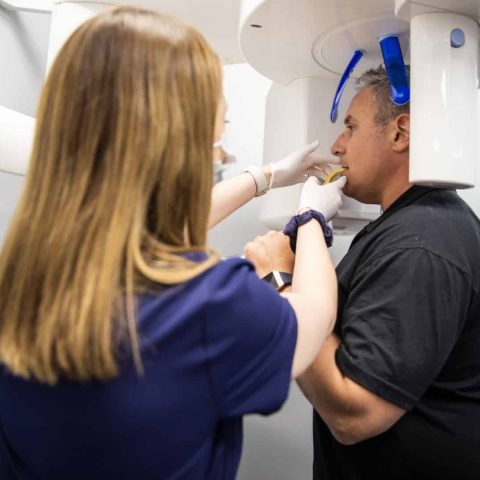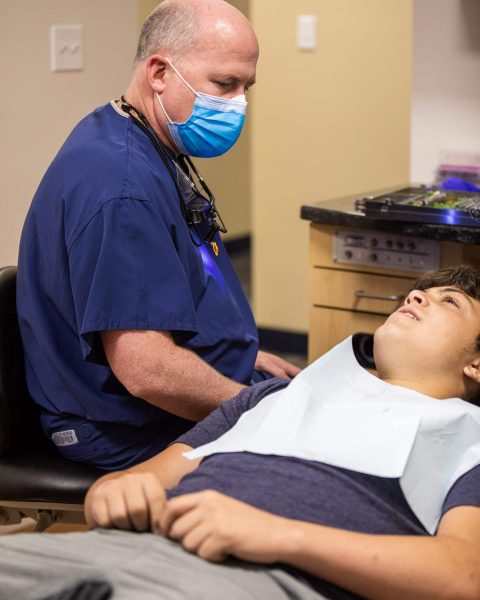Dental X-Rays in Pittston, PA
Pittston Dental X-Rays
X-rays are an essential part of routine dental exams at Casey Dental. We use the latest technology to ensure we can properly and accurately detect dental disease at its earliest stages.
Dental x-rays allow us to see things that cannot be seen with the naked eye in the upper and lower teeth or surrounding bone structure. We not only use x-rays to help treat dental problems early but also to plan for dental fillings, dental crowns, wisdom teeth removal, and monitor bone loss or emerging teeth.
X-rays can prevent oral health problems from getting worse by identifying them early. We are committed to providing our patients with the best possible dental care at Casey Dental. If you have any questions about dental x-rays, don’t hesitate to get in touch with us today.
How do dental x-rays work?

X-rays are typically used during dental exams. However, depending on the patient’s medical and dental history, dental x-rays may be recommended more often.
For example, dental x-rays are used to:
- Detect dental decay
- Diagnose dental problems
- Monitor the jaw for changes in bone density
- Plan for dental implants or orthodontic treatment
- Detect problems with the teeth or jaws

What else can x-rays be used for?
At Casey Dental, we use dental x-rays to help us detect problems with the teeth and gums that cannot be seen easily. X-rays can show us:
- cavities
- tooth decay
- impacted teeth
- bone loss
- gum disease
X-rays can also be used in planning for dental procedures, such as dental implants or crowns.
How much radiation exposure will I get from dental x-rays?
The amount of radiation exposure from dental x-rays is very low. The amount of radiation you get from a dental x-ray is much less than the amount you would get from other activities, such as flying in an airplane or spending time in the sun.
Digital x-rays have taken over traditional film x-rays in the dental world. Digital dental x-rays use computer technology to create dental images, and this imaging exposure is even lower than traditional dental x-rays.
If you are pregnant or think you may be pregnant, please let us know so we can consider this when planning your dental treatment.
Please ask us if you have any questions or concerns about dental x-rays. We are happy to answer any questions you may have.

Interested in Dental X-Rays in Pittston, PA?
Types of Dental X-ray
There are several types of x-rays we use at Casey Dental, including:
Panoramic X-rays
Panoramic x-rays show the entire mouth, including the teeth, gums, and jaw. A dental x-ray is often used to plan dental treatment, such as dental implants or orthodontics.
Intraoral x-rays
Intraoral x-rays show the teeth, gums, and bones in a small area of the mouth. Intraoral x-rays detect dental problems, such as cavities or tooth decay.
Periapical X-rays
Periapical x-rays show the entire tooth, from the crown (visible part) to the root (underneath the gums). This dental x-ray detects problems with the tooth, such as dental abscesses and decay beneath existing fillings.
Let Casey Dental Help Preserve Your Child's Teeth
Casey Dental is the best place for your child’s dental care. We provide quality services and use the latest technology to preserve your child’s teeth. If you’re looking for a trusted dentist who can provide your child with a pulpotomy, call our office today to set an appointment. You won’t regret choosing our team of experts to take care of your family’s smiles!




